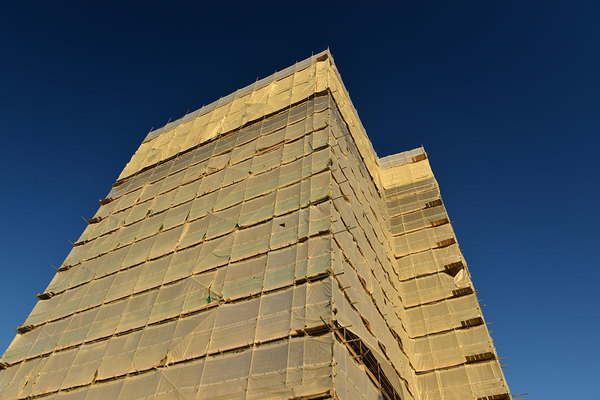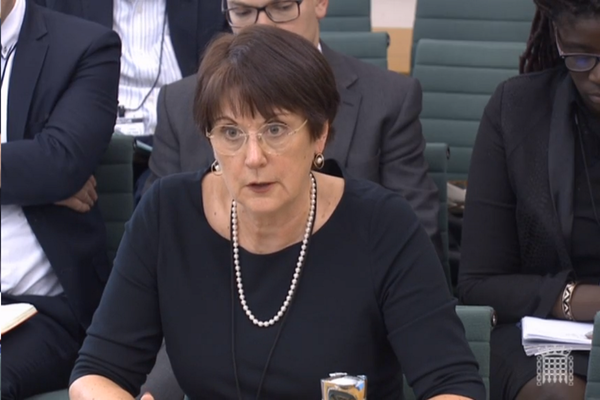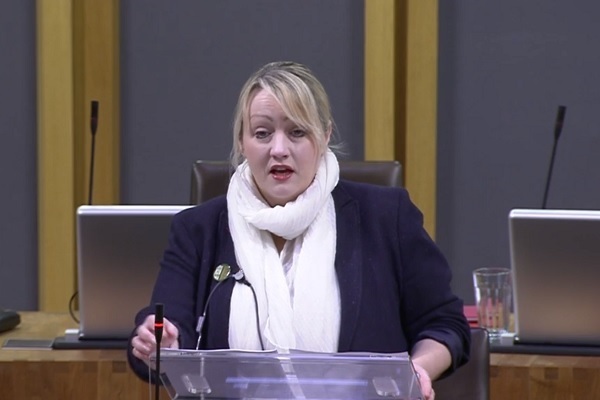You are viewing 1 of your 1 free articles
Construction trade body calls for moratorium on combustible cladding
The Construction Industry Council (CIC) has called for an industry-imposed moratorium on the use of combustible materials in high-rise cladding systems.
The call came two weeks after Dame Judith Hackitt’s review of building regulations did not recommend a ban on such materials only for the government to immediately announce a fresh consultation on a ban.
According to the CIC, members agreed at a conference on the same day as these events that the industry should impose on itself a moratorium on the use of combustible materials in cladding systems on high-rise buildings.
Following the members’ conference, Professor John Nolan, chair of the CIC, said: “I would be very surprised if anyone in the UK was specifying combustible [aluminium composite material] and insulation combinations on high-rise buildings since the Grenfell disaster.
“The combustibility of facades and their various components is an extremely complicated issue which needs detailed further investigation and guidance. I therefore welcome the secretary of state’s initiative to clarify the situation regarding the combustibility of all materials in high-rise cladding systems.”
The CIC, which represents 500,000 construction professionals and more than 25,000 firms of construction consultants, said its moratorium covers both combustible cladding and combustible insulation used as part of a cladding system.
Combustible insulation, including the type of material used on Grenfell, passed two of the large-scale tests carried out by the Building Research Establishment in the summer.
Insulation manufacturer Kingspan later commissioned another test, which cleared its combustible phenolic insulation with category two rated aluminium cladding – a material not deemed to meet the standard of limited combustibility.
The firm then advertised this combination to social landlords for use on high rises.
Celotex, which provided the polyisocyanurate insulation used on Grenfell, also passed a safety test it commissioned in May.
Alternative testing commissioned by the insurance industry has cast doubt on the official testing process.
The CIC was represented on two of the working groups which fed into the Hackitt report.
On this issue, the government has given differing messages. Housing secretary James Brokenshire told MPs he would consult on banning combustible materials in cladding systems.
Housing minister Dominic Raab, however, appeared to commit the very next day to a ban on combustible cladding, but did not mention insulation.
Graham Watts, chief executive of the CIC, said: “It is essential that the government makes a decision based on the widest range of expertise across all dutyholders engaged in the design, construction and management of high-rise buildings.
“This will take time and so the unanimous view of members at our conference was to allay public fears and show leadership by urging the professions – as a whole – not to specify combustible cladding systems on high-rise residential and other higher-risk buildings while the consultation is ongoing.”












